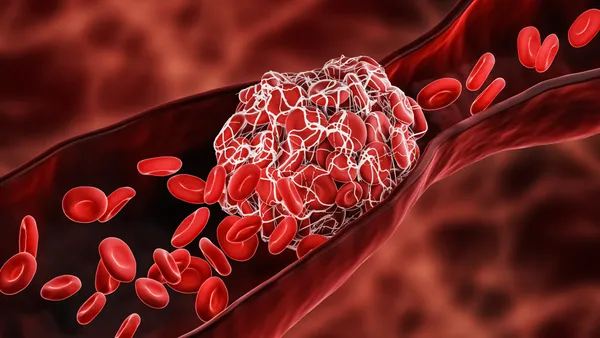Dive Brief:
-
CMS is reconsidering how it covers artificial hearts and ventricular assist devices after receiving requests last year from Abbott and SynCardia, the agency said Monday.
-
The companies encouraged CMS to look at evidence generated since it last determined its coverage of artificial hearts and VADs in 2008 and 2013, respectively.
-
If CMS makes the changes sought by Abbott and SynCardia, the companies, plus competitors such as Medtronic, stand to benefit from broader coverage of their devices.
Dive Insight:
CMS’ national coverage determination for VADs dates back to 2013. At that time, CMS split up VAD patients into two groups: those who undergo treatment as a bridge to transplant (BTT), and those for whom the device is a destination therapy (DT).
In a note to investors Tuesday, analysts at Cowen outlined where companies affected by the NCD stand on those categorizations.
“Generally speaking, the LVAD manufacturers would like to move away from the rigid definitions of BTT and DT and allow for use in patients whose transplant eligibility has not yet been definitively ascertained at the time of implantation – those who are neither active on a waitlist (BTT) nor already ruled ineligible for transplant (DT),” the analysts wrote.
Abbott wants CMS to reconsider its position in light of evidence from a clinical trial of its HeartMate 3, which competes with Medtronic’s HeartWare for the left ventricular assist device (LVAD) market. A recently published analysis of the trial showed HeartMate 3 was comparably effective in BTT and DT patients, as well as in a third cohort known as bridge to candidacy (BTC).
Authors of the paper, penned by around 15 cardiologists and two Abbott employees, argued the data show “use of categorizations based on current or future transplant eligibility should be abandoned in favor of a single treatment indication.” Abbott hopes CMS reaches a similar conclusion. Analysts at Cowen contend the company has a good chance.
“We view the Momentum 3 data as strong enough to merit an NCD change to remove the BTT and DT classifications and instead align coverage with the patient characteristics that support VAD candidacy,” the analysts wrote, referring to the paper.
CMS is seeking public feedback on the proposed change to LVAD coverage until early next month. In parallel, CMS is gathering feedback to inform its assessment of SynCardia’s request to reconsider the artificial heart NCD.
SynCardia’s request is based on data generated since CMS last issued an NCD on the topic in 2008, most notably a 2018 paper describing the outcomes of patients treated using its 70cc Total Artificial Heart (TAH-t). SynCardia described the findings in its formal request to CMS.
"Although the patient population who receive TAH-t tend to be sicker than the population on LVAD support, over 53% of the 450 patients who have received a TAH-t survived to heart transplantation within 12 months and another 13% continued to survive on the TAH-t at the twelve month mark," SynCardia wrote to CMS.
SynCardia argues the results support the use of TAH-t as a BTT, leading it to request a change to the NCD. Today, the NCD only permits use of artificial hearts in BTT under CMS’ coverage with evidence development, limiting their use to clinical studies approved by the agency.
The public comment period is scheduled to close March 4, a proposed decision memo is due Aug. 3, and the national coverage analysis is set to be completed Nov. 1.











